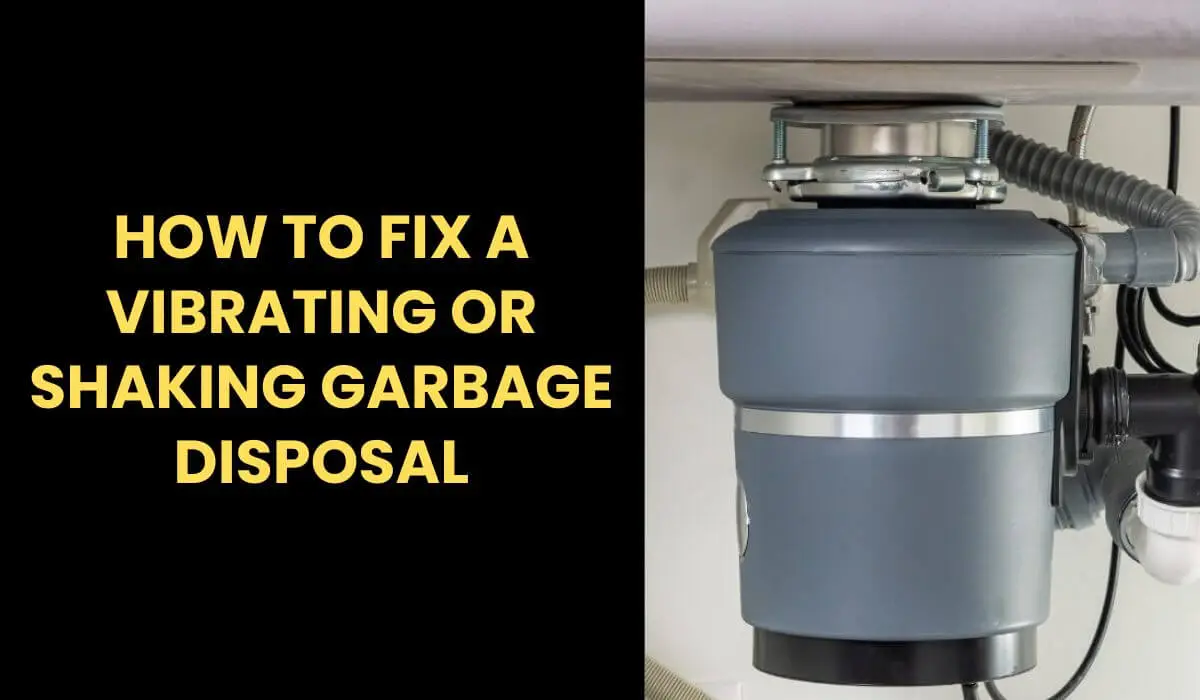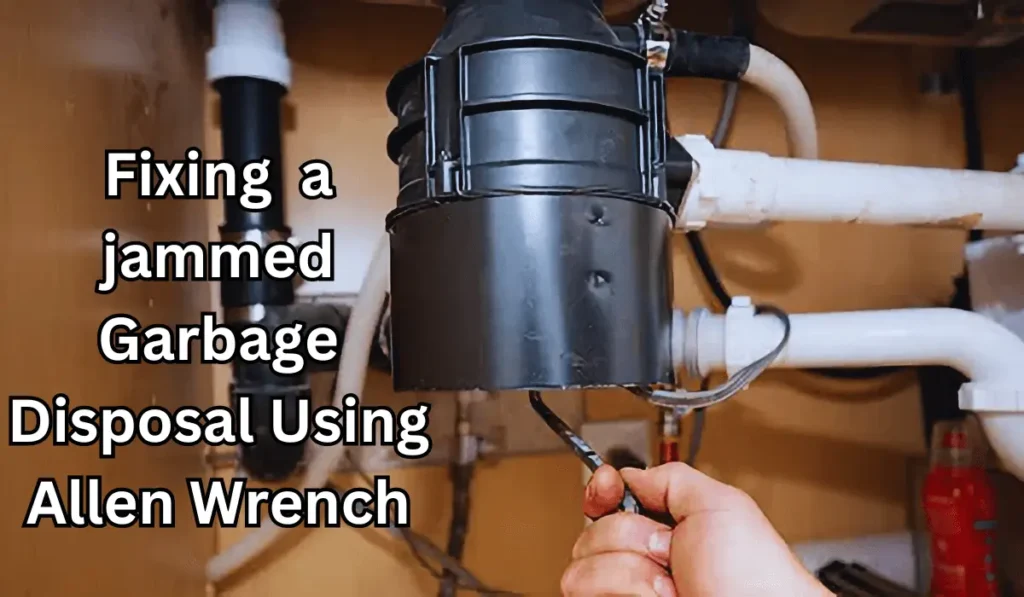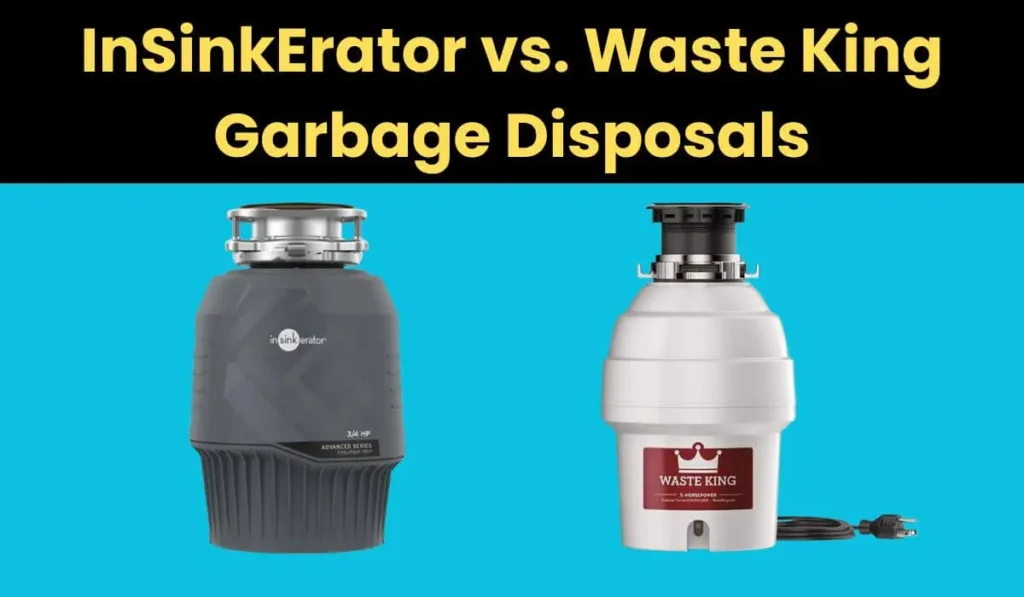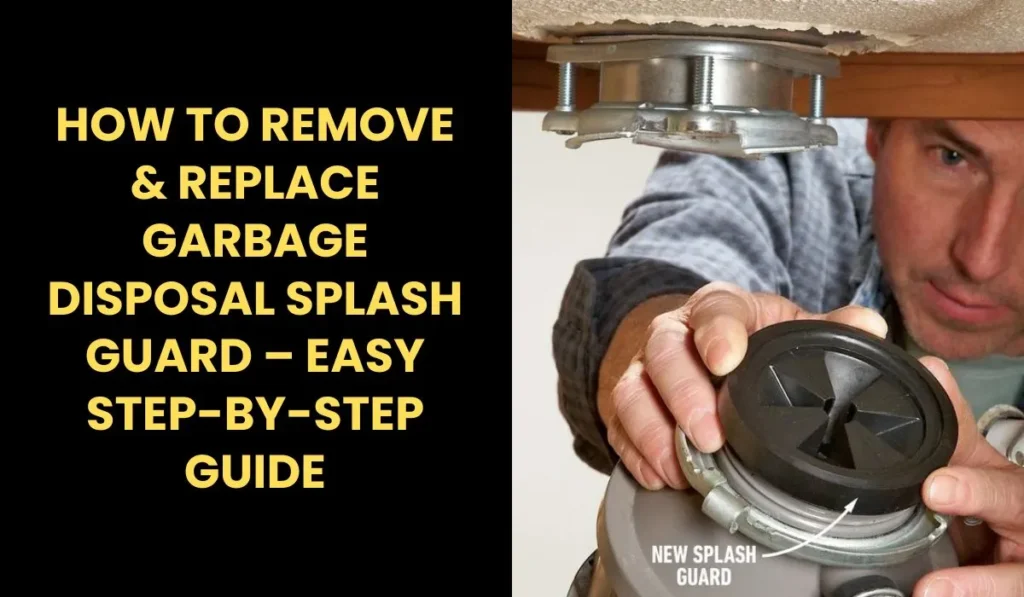how To Fix a Vibrating or Shaking Garbage Disposal
A shaking or vibrating garbage disposal can be noisy and concerning, and make you even think something is terribly wrong. The good news? It is a common problem that can be addressed quite easily, and without having to call a professional. Finding and correcting the problem not only returns tranquility to your kitchen, but also can extend the life of your garbage disposal.
Whether it’s misaligned, unbalanced, or something else altogether, this guide contains everything you need to have your garbage disposal up and running in no time
Understanding Your Garbage Disposal
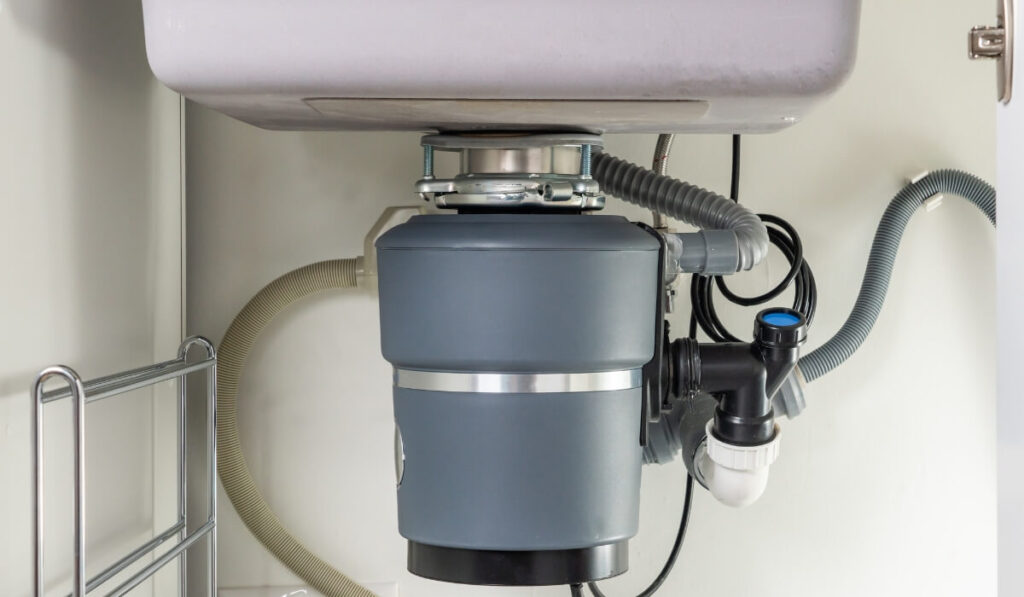
Let’s first know what it a Garbage disposal – how it works FIRST before we jump into any complexity, It will be very easy to solve all garbage disposal related problem if you know what is garbage disposal and how It work. So, all right, a garbage disposal is relatively simple.
Picture a metal cylinder under your sink with a motor-driven grinding apparatus. When you pour food scraps into it, it roars to life, spinning its blades (or impellers) to shred the waste into tiny bits, sending these hunks of detritus on their way down the drains.
Common Causes of Garbage Disposal Vibrating or Shaking
Before you attempt fixes, it’s good to know some of the most common reasons for a wobbly garbage disposal. There are a few reasons why your device may be shaking or vibrating too much:
- Mounting Brackets Come Loose: There’s a mounting assembly that attaches the garbage disposal to the sink, and over time this mounting can become loose—especially if the unit is used to process a lot of hard foods or other debris.
- Impellers aren’t Balanced: The impellers in the disposal may be out of balance, causing the tool to rotate unevenly and vibrate more.
- Foreign Objects: If spoons, bones or similar debris ends up in the disposal and falls to the impeller, the disposal can become off balanced and shake.
- Uneven Installation: Improper installation of the garbage disposal can result in uneven alignment, causing it to vibrate during operation.
- Damaged Parts: If the motor, flywheel, or impellers are damaged, they might be causing more vibrations than what you are used to experiencing.
- Overfilled/Jammed Unit: Piling too much food waste into the disposal unit can cause it to torque and shake as it operates.
Step-by-Step Troubleshooting and Repair Instructions
1. Turn Off the Power
Safety first! To prevent accidents, first unplug the disposal. If it is hardwired, disconnect by cutting the circuit breaker.
2. Inspect for Foreign Objects
Shine a light in the disposal and see if you can get anything out. Use tongs or pliers to clean away any debris; do not touch with your hands. Something like silverware or firm foods could be causing the vibration.
3. Check the Mounting Brackets
Examine the mounting bracket beneath the sink. Check to see if there are any loose screws or brackets that secure the disposal. If they are clamped down good this will reduce a lot of your shaking.
4. Inspect the Impeller to interior components
If you think the impellers are unbalanced (like from a teaspoon or bottle cap), you may need to spin the flywheel by hand with an allen wrench in the bottom hole of your disposal (most disposals have this option). Check for deformed or uneven impeller blades. The downside is that bent impellers tend to be something of a professional repair or replacement.
5. Level the Unit
The (insert brand of garbage disposal here) should be level with the sink and pipes. Make sure it is level and adjust it if necessary. A bent mount is bound to make vibrations worse.
6. Check for Adequate Insulation
Occasionally, lack of insulation on the mounting location may result in vibrational noise. Attaching a rubber gasket or padding around the flange could help absorb some of that movement.
7. Address Worn Parts
With older disposals, the problem might be worn motor parts like impellers or bearings. It may be replaced piece by piece (as in one or more gaskets and then the entire unit) should wear and tear be noticeable.
8. Give It a Test Run
Turn the power back on and check the disposal by running water through the system while grinding some small food particles. If the vibration remains, return to the above steps or contact an expert.
Preventive Maintenance Tips
Proper maintenance is the key to maintaining an efficient garbage disposal and preventing icky odors or slow drains. Here are some best practices:
- Regularly Clean it: To keep the disposal clean and fresh, grind up ice cubes with salt or baking soda and vinegar once a week.
- Remember What You Put In, When It Comes Out: Don’t put grease or oil or foods such as coffee grounds, eggshells, fibrous vegetables (like celery, corn husks or onion skins), or large bones down the disposal. These items can clog the blades or damage them.
- Use Cold Water: Remember to always keep a steady stream of cold water running BEFORE, DURING, and AFTER running the disposal. Cold water congeals any grease or oils, allowing them to be chopped up and flushed through.
- Clean with Citrus: Grinding small bits of lemon or orange peels can help reduce odors and cleanse the blades naturally.
When to Call a Professional
If you’ve followed these steps and the issue still isn’t resolved, it might be time to seek professional help. Issues like severely damaged impellers, internal motor problems, or advanced wear and tear are best handled by trained technicians.
Conclusion
A garbage disposal that vibrates or shakes can be annoying, but in most cases, the issue is easy and straightforward to fix. Once you know the culprit, you can then solve the problem and extend the life of your disposal. From tightening the connections to clearing out debris or leveling the unit, these troubleshooting tips could get the peace back in your kitchen. And remember, that routine maintenance is paramount for keeping your garbage disposal quiet, reliable and trouble-free for years to come.
Further Reading:
How To Get Rocks or gravels Out Of Garbage Disposal
How to clean a garbage disposal
Is Hot or Cold Water Best for Your Garbage Disposal? Find Out
5 effective steps to get rid of garbage disposal smell
FAQ’S
The Author

I’m Muhammad Nabeel Dar, an employee in waste management and the owner of Garbage Waste Disposal with more than four years of experience helping people to control waste and garbage disposals are the best tools to control it. Read more

